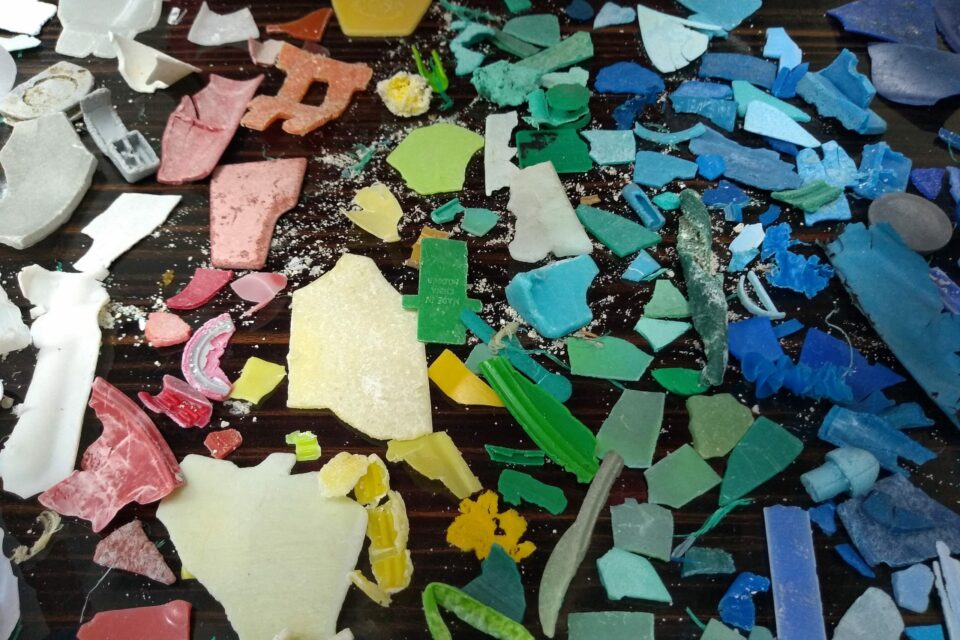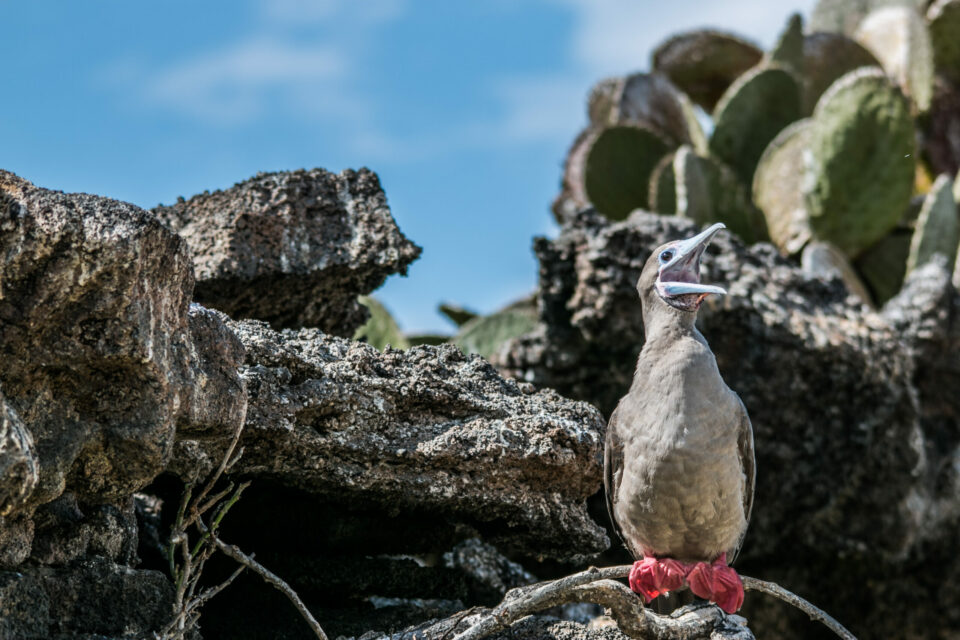

The Perils of Plastic Part 2: Reducing Plastic Waste
Over the past ten years we have produced more plastic than during the whole of the last century. If we continue on the current trend, it is expected we will produce 1,124m tonnes per year by 2050.
So what can we do to reverse this trend and to reduce the amount of plastic? Following on from our first blog about the issues with plastic pollution, this blog looks to the future and discusses what we can do about the growing mass of plastic in the ocean.
Our panel at the 2017 Galapagos Day event will discuss in detail whether the Galapagos Islands could ever be plastic free, and what we need to do to achieve this. However, here we outline some simple changes we can all make to stop this trend of unsustainable plastic usage.
There are always volunteers who will dedicate their time to help clearing the coastlines we all love and enjoy from litter. However, one of our panellists at Galapagos Day 2017, Dr Sabine Pahl, has previously suggested an alternative to tackling the problem: “Clearing them up is something we need to think about, but the best thing to do is to stop throwing plastic in the ocean in the first place. We could make a lot of difference by addressing the behaviours and the economics of the way we use plastic.” A simple step is to reduce the amount of single use plastics we use in our daily lives.
Packaging is the largest end-use market, accounting for 40% of total plastic use globally. 14% of all litter comes from drinks containers, though when caps and labels are considered the numbers are even higher. Even more striking is that approximately 500bn plastic bags are used worldwide each year, each with an average working life of 15 minutes. Take a moment to really consider how much waste that is. Making simple changes such as using a reusable canvas bag and carrying a refillable water bottle are easy ways to break our disposable habits.
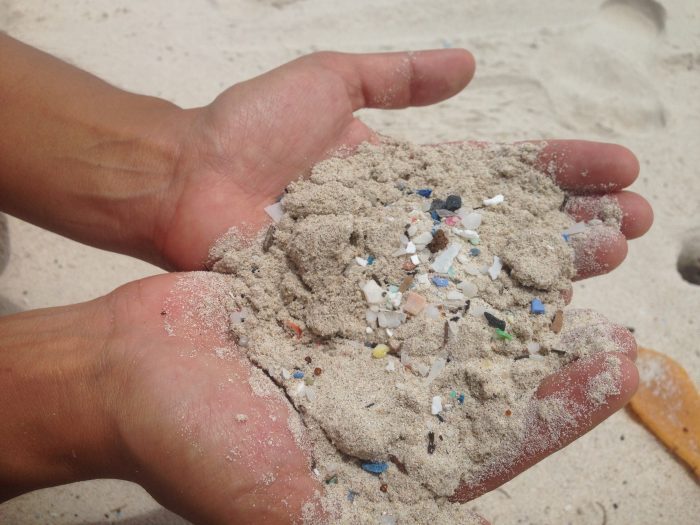
Example of microplastics washed up on a beach in Galapagos © Juan Pablo Munoz
Another huge issue with plastic pollution is the tiny fragments of plastic that are not visible at first glance. One of type of microplastics is the microbead, common in personal care products like facial scrubs, toothpastes and washing detergents. As discussed in our previous blog, these microplastics enter the food chain, causing issues for both wildlife and humans. Whilst microbeads are being phased out in the UK due to public demands and international campaigns, as consumers we all need to be aware of what is in our products, and what we are washing down the drain. Refusing to purchase and use products which contain microbeads is an excellent step to halting the increasing amount of plastic in our oceans. There is a wealth of information and even apps available to help you shop consciously and microbead-free.
Another of our panellists, Dr Erik van Sebille, states: “We should … have a holistic approach to improving the situation, including social and behavioural, chemical and engineering solutions – aiming to minimise the amount of plastic that ends up in the oceans and make sure it degrades quickly and safely if it does.” A current common trend is to replace generic plastic products with “biodegradable plastics”, but what does this mean? Well, the short answer is nothing and they are currently not the solution to the problem. Often, they will only breakdown in temperatures of 50˚c, conditions you are not going to find in the ocean or in landfill. But if biodegradable plastics do break down in this oxygen-free environment, they’ll emit methane, a greenhouse gas 23 times more potent than carbon dioxide. So we should be trying to move towards reducing our plastic usage, not swapping our disposable products to alternative plastic sources.
“Plastic pollution is a problem for all in society and while there are solutions out there, they must be socially acceptable as well as economically and technically viable”, Dr Sabine Pahl.
Simple ideas we can all do to reduce our plastic use:
- Remember the five R’s: Refuse, Reduce, Reuse, Repair and Recycle.
- Purchase a reusable water bottle.
- Try to adopt good habits like carrying a reusable canvas bag with you for unexpected purchases, and keep a selection in your car for big shops.
- When shopping online, try to select the “without bags” option at checkout. Remember, many supermarkets will allow you to hand over any plastic bags you do have to the driver, even if they’re not from that retailer. Several will even give you money off your next shop!
- Refuse plastic straws, and replace with reusable aluminium or glass alternatives.
- Swap clingfilm or plastic wrap for reusable alternatives, such as fabric coated in beeswax.
- Stop buying products which contain microbeads. You can download apps and read blogs to help advise which products and brands to avoid.
- Take a reusable coffee cup with you to your local coffee shop, often you will save money on your drink too.
- Try reusing any single use plastic items you do have to buy. Yogurt, butter and ice cream tubs are great containers for storing leftovers.
- Don’t be afraid to take your own tubs and containers into stores and food outlets! Many will even thank you for reducing their packaging costs by giving you extra, or taking some money off.
- Try to pick up any litter or rubbish you find in your local area, particularly along coastlines. You can also join organised events or start your own. There are several online communities and projects you can get involved with.
There are only 2 days to go until our Galapagos Day 2017. Join us and our panel of leading experts to discuss some of the key issues around plastic pollution in Galapagos, such as how does plastic pollution affect our planet at the micro and macro level? How can society change to combat the plastic pollution problem? And, ultimately, can there ever be a plastic free Galapagos?
Sources:
Related articles

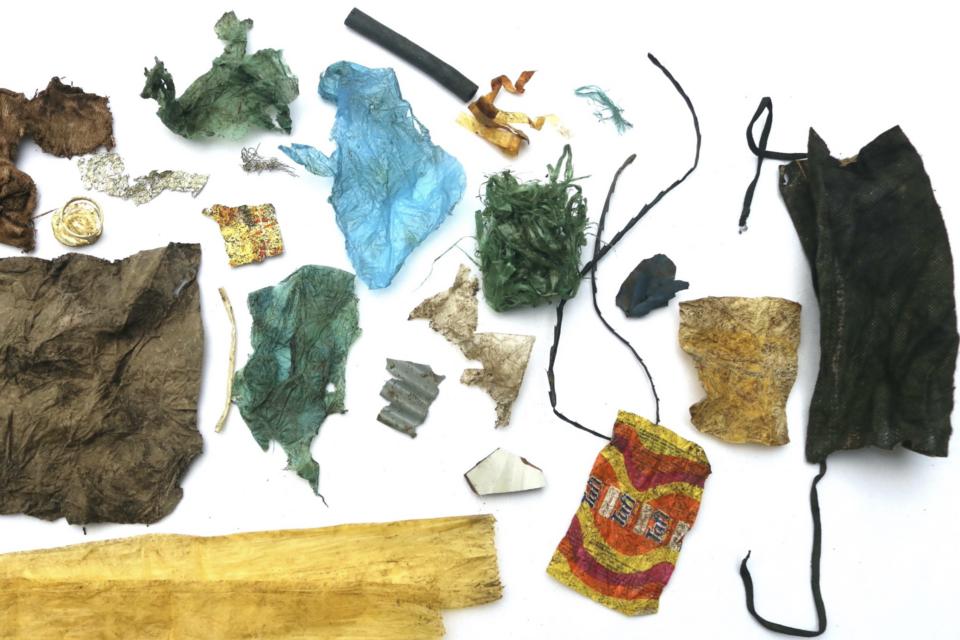
New research shows that Galapagos giant tortoises are ingesting plastic waste
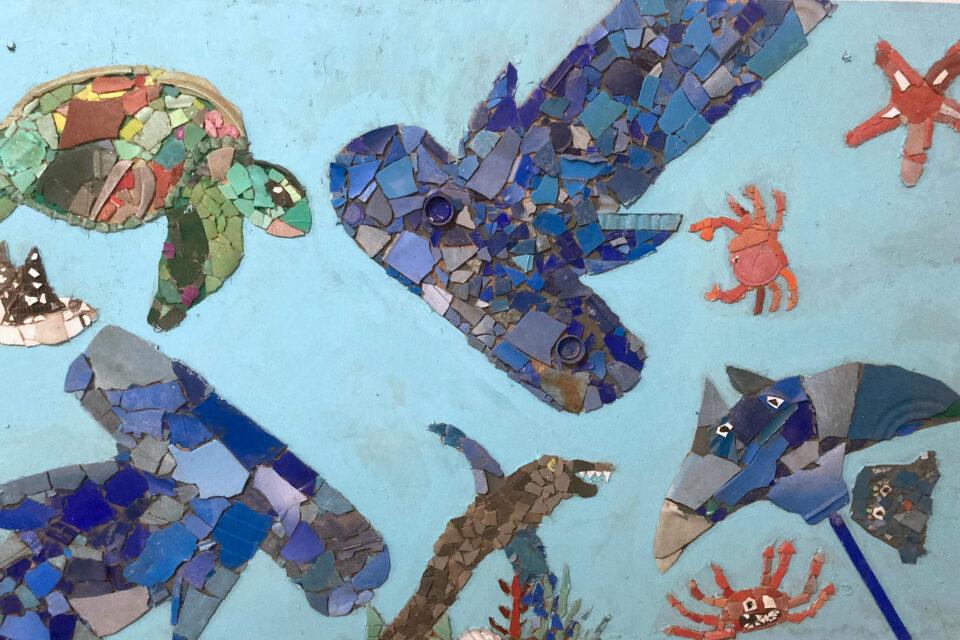
Creating a circular economy for plastics in Galapagos
